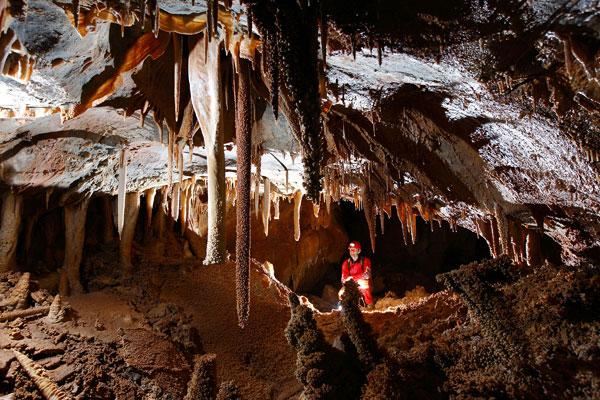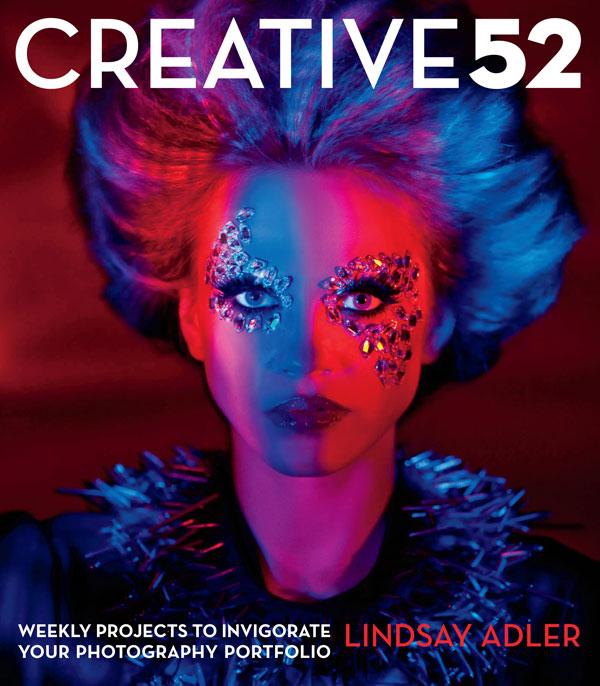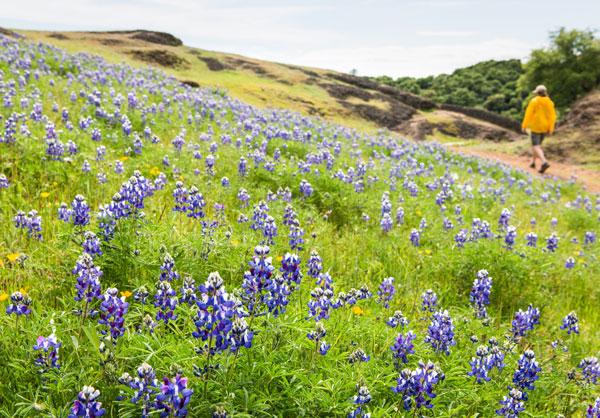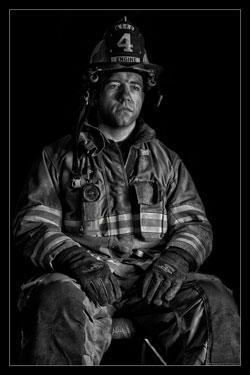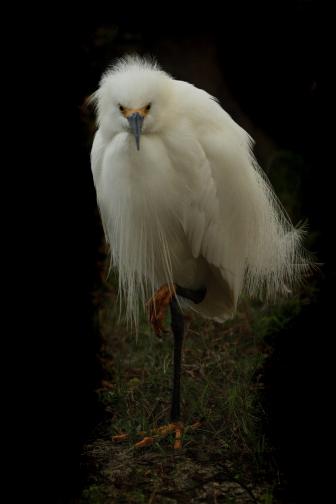Pro Techniques
Sort By: Post Date TitlePublish Date
|
May 15, 2014 |
First Published: Apr 01, 2014 |
|
May 06, 2014 |
First Published: Mar 01, 2014 |
|
May 06, 2014 |
First Published: Mar 01, 2014 |
|
May 02, 2014 |
First Published: Mar 01, 2014 |
|
Apr 24, 2014 |
|
Apr 24, 2014 |
|
Apr 21, 2014 |
First Published: Mar 01, 2014 |
|
Apr 15, 2014 |
First Published: Mar 01, 2014 |
|
Apr 11, 2014 |
First Published: Feb 01, 2014 |
|
Apr 07, 2014 |
First Published: Feb 01, 2014 |
|
Apr 04, 2014 |
First Published: Feb 01, 2014 |
|
Mar 25, 2014 |
|
Mar 25, 2014 |
First Published: Feb 01, 2014 |
|
Mar 21, 2014 |
First Published: Feb 01, 2014 |
|
Mar 17, 2014 |
First Published: Feb 01, 2014 |



